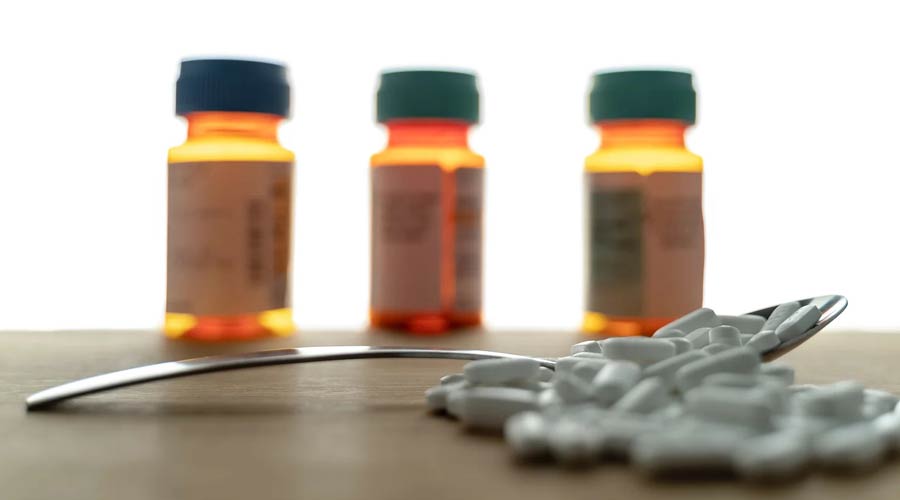
Understanding Addiction
Addiction is apparent in the woman in the rehabilitation center who is scratching and picking at her skin. She wants relief but she is not quite ready for sobriety. Her sister indicated that addiction is evident in the 20 pain pills she ingests each day. Addiction is also evident in the man who lost his entire month’s salary at the casino, but applied for a payday loan; he needed more time at his lucky slot machine. These incidents are just a glimpse into the life of an addict.
Although addictions are considered treatable conditions, Americans have negative attitudes toward anyone abusing drugs. In fact, media outlets have bombarded our televisions with messages depicting the horrors of opiate dependence. The graphic commercials contain stereotypical images of disheveled people engaging in behaviors often stigmatized in society. If you watch television for any length of time, you may be familiar with some of the material in those commercials. Admittedly, the messages have encouraged more dialogue and increased awareness about the possible ramifications of ingesting pain killers and other illicit substances. Unfortunately, the government’s response appears focused on alleviating the symptoms related to dependence, by prescribing medical-assisted treatment. Furthermore, the commercials never advertise the implications of taking the medications. The remedy may appear helpful in the short-term, but pharmacological therapies fail to address the true cause of addiction. Even though numerous legislative efforts are in progress, the number of fatalities are on the rise.
Understanding the progression of addiction requires some research and compassion. With that said, let’s briefly explore a few definitions of addiction. At present, there is a plethora of evidence debating the neurological changes associated with substance abuse. For example, the DSM-V (Diagnostic and Statistical Manual of Mental Disorders) does not include the term addiction. The definition adheres to the American Psychological Association’s (APA) guidelines and categorizes addictive behaviors as dependence disorders. Conversely, Alcoholics Anonymous (AA) views addiction as a disease and adheres to medical perspective. By contrast, Marlatt views addition as a habit that can be unlearned through cognitive behavioral techniques. While the National Institute on Drug Abuse (NIDA) describes addiction as a chronic relapsing brain disease accompanied by compulsive drug use despite any negative consequences. Regardless, researchers concur that the levels of the neurotransmitters called dopamine is altered and the brain’s reward pathway becomes overstimulated when people consume illicit substances. Consumption of the substance creates an intoxicating or euphoric effect. Dependence on the drug, leads to future cravings for the drug, especially in the presence of unidentified triggers. The turmoil begins upon cessation of the drug, because tolerance has developed, which results in bothersome withdrawal symptoms. At some point, the person must understand that relapse is not a failure, but the beginning stages of the recovery process.
Throughout my career, I have worked with numerous clients as they traveled the sometimes bumpy road to recovery. Of course, some cases were less severe than others. Yet, the majority began their journeys with fear, reluctance, unresolved shame, and guilt. Nonetheless, most verbalized a desire for abstinence. With each new case, I soon learned that every client’s story of addiction is distinct, but their paths to recovery revealed similarities. In each case, after the person survived obstacles and in some cases trauma, he or she was motivated to make major lifestyle changes. In those moments, I knew that recovery was possible for everyone.
Finally, your willingness to change is a huge step in the recovery process. But remember this journey is about you. Utilizing this workbook as part of your treatment program will make the recovery process easier. The treatment approaches are comprehensive and focus on relapse prevention. The exercises incorporate evidence-based practices (EBP) and address the biological, psychological and social consequences of addiction. Our overall goal is simple-to offer a more accurate depiction of addiction.





